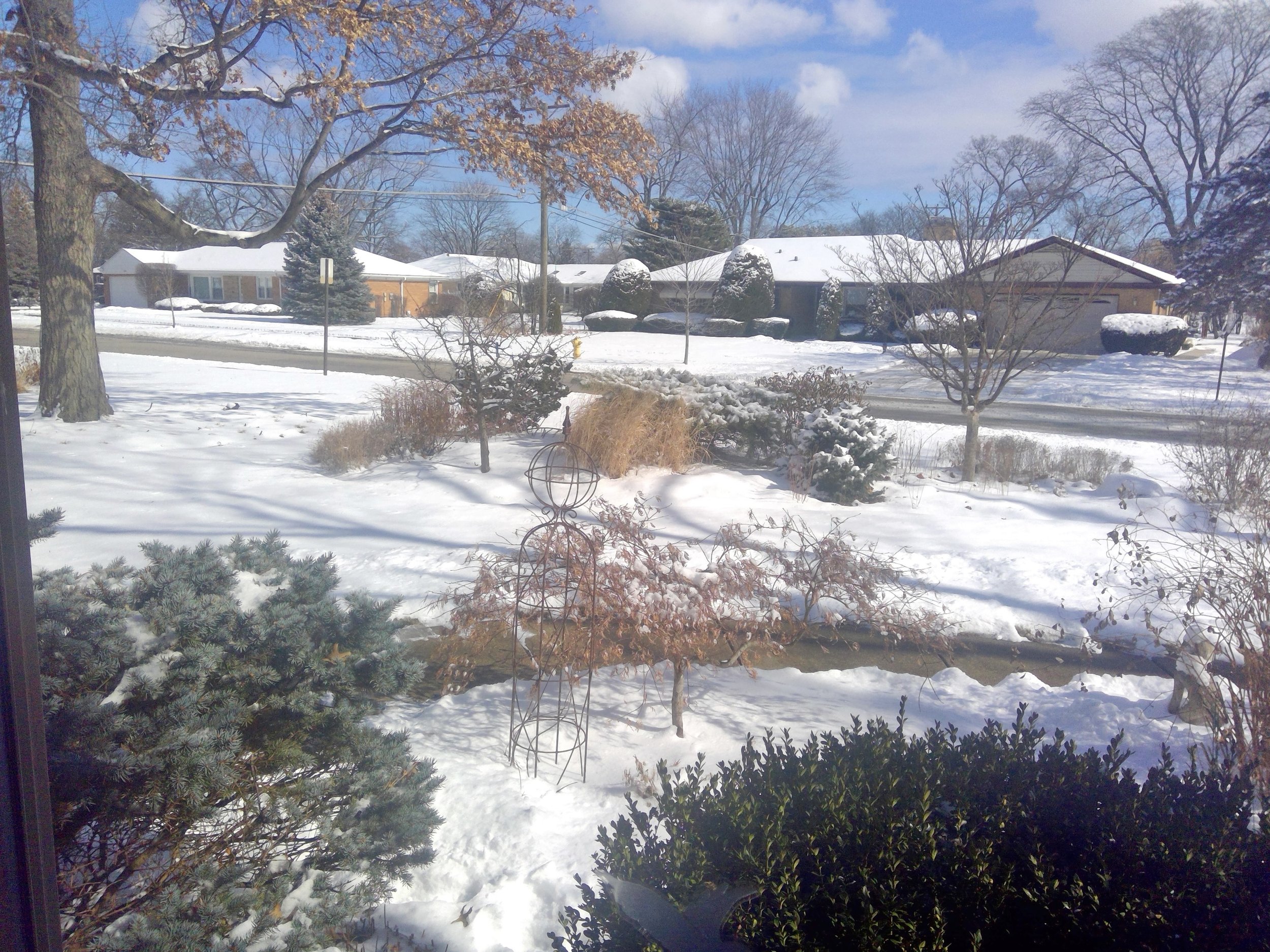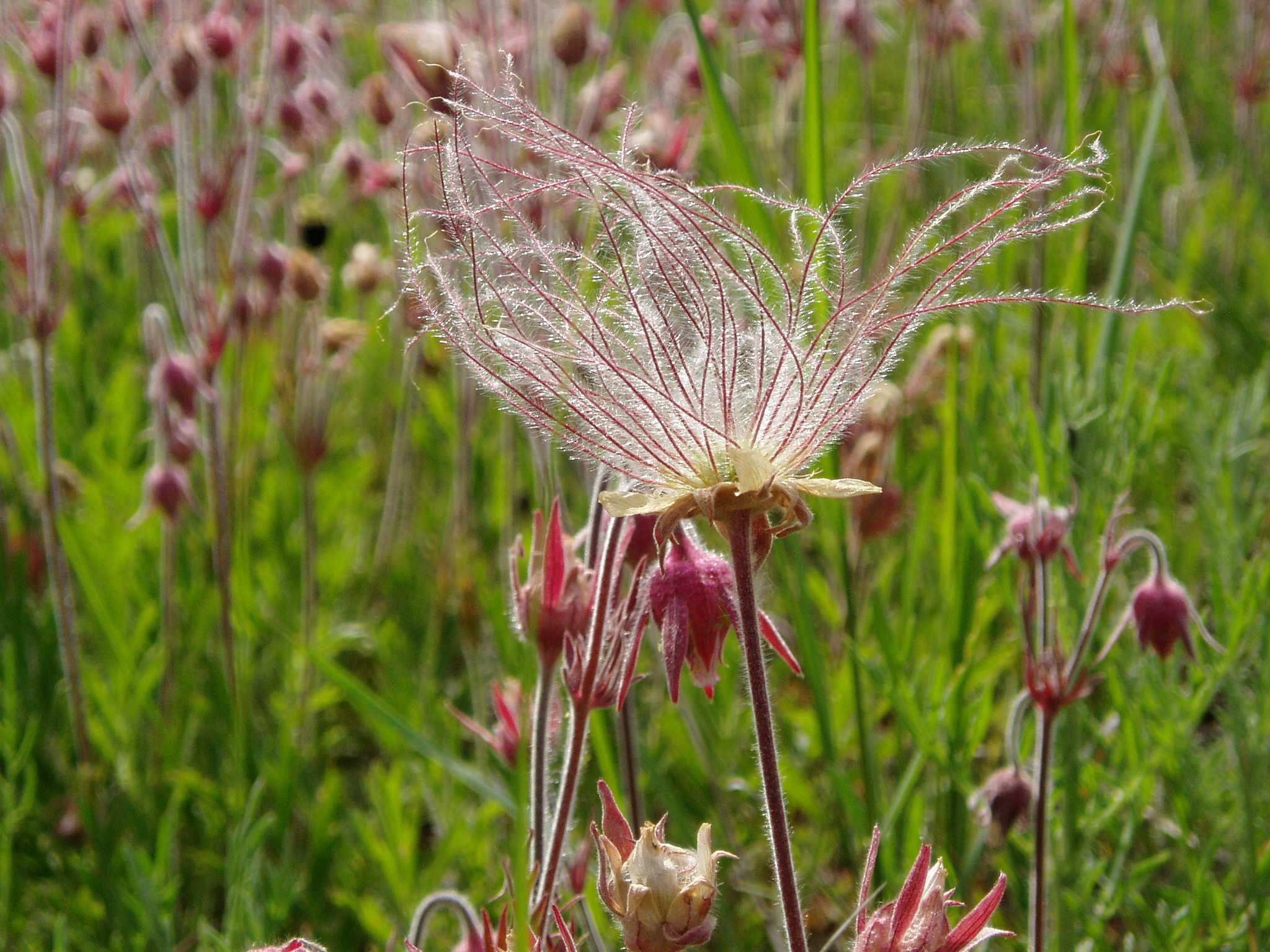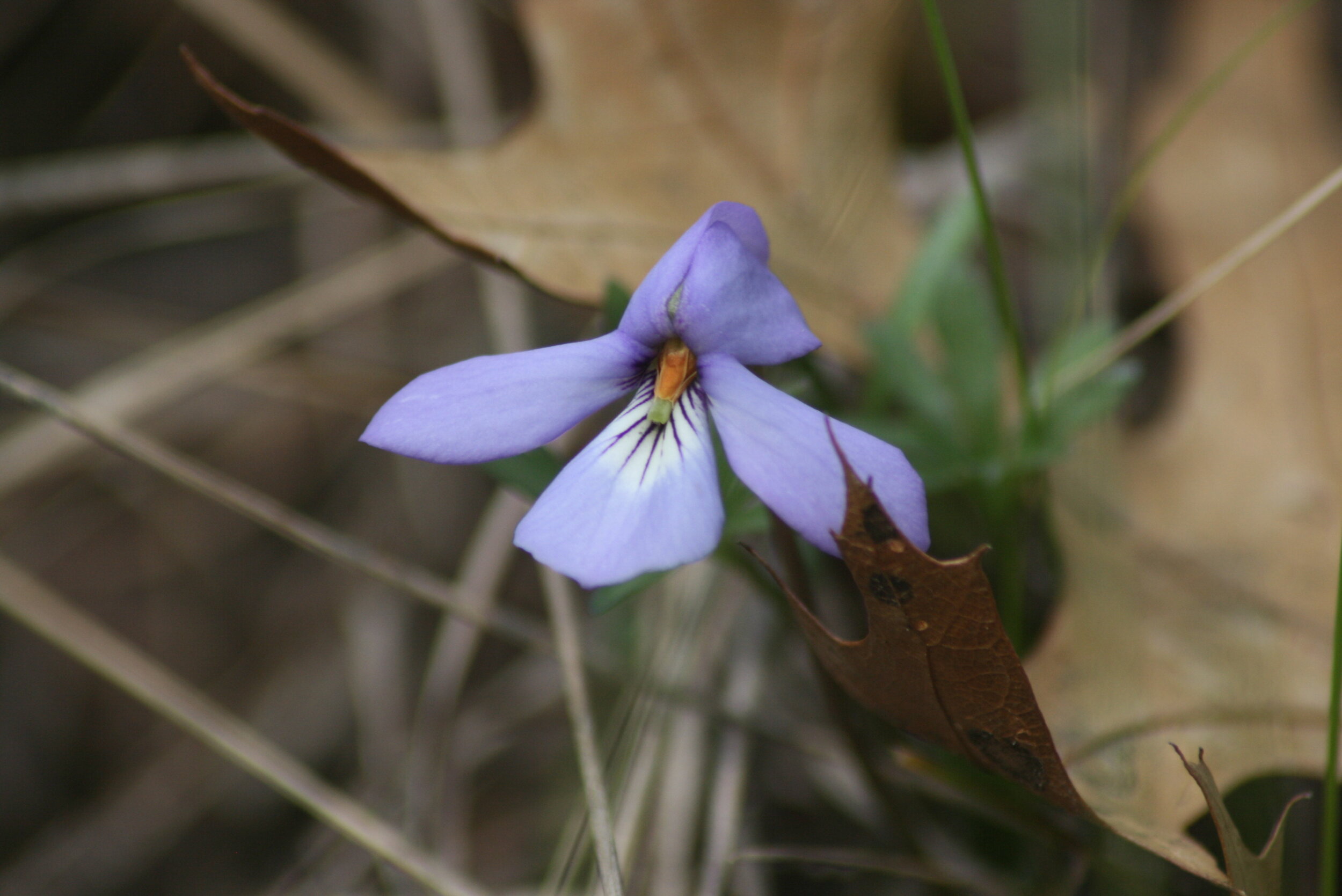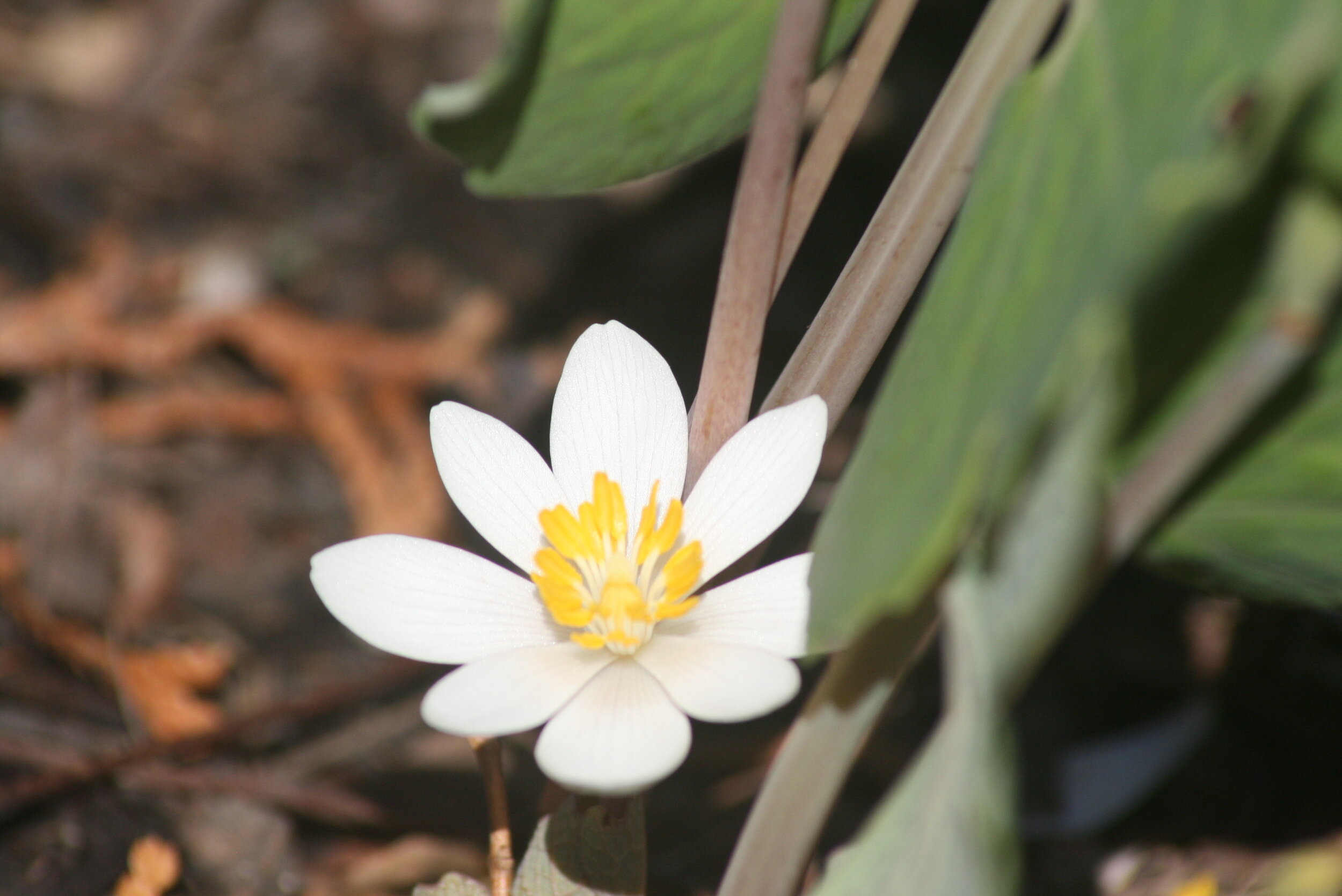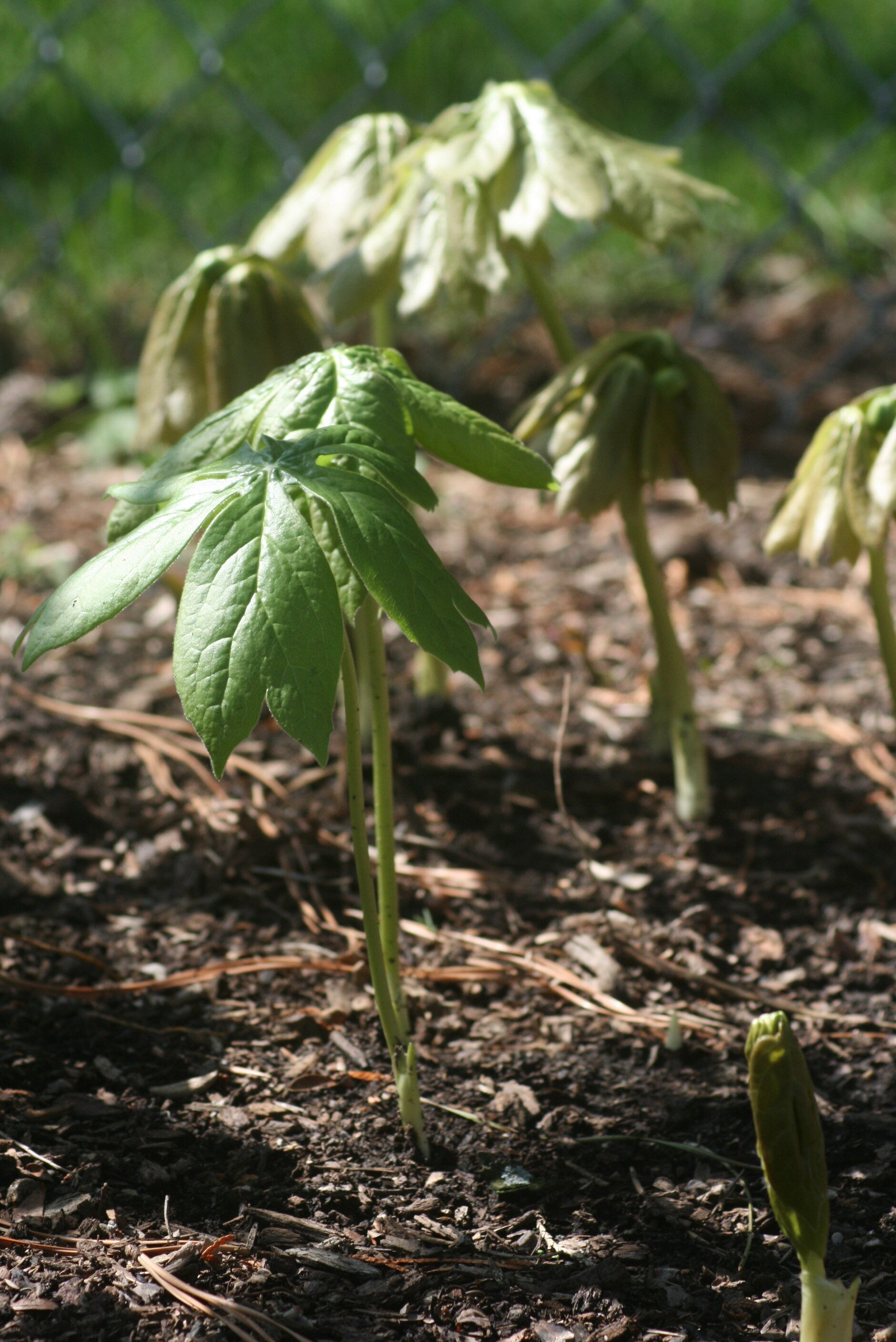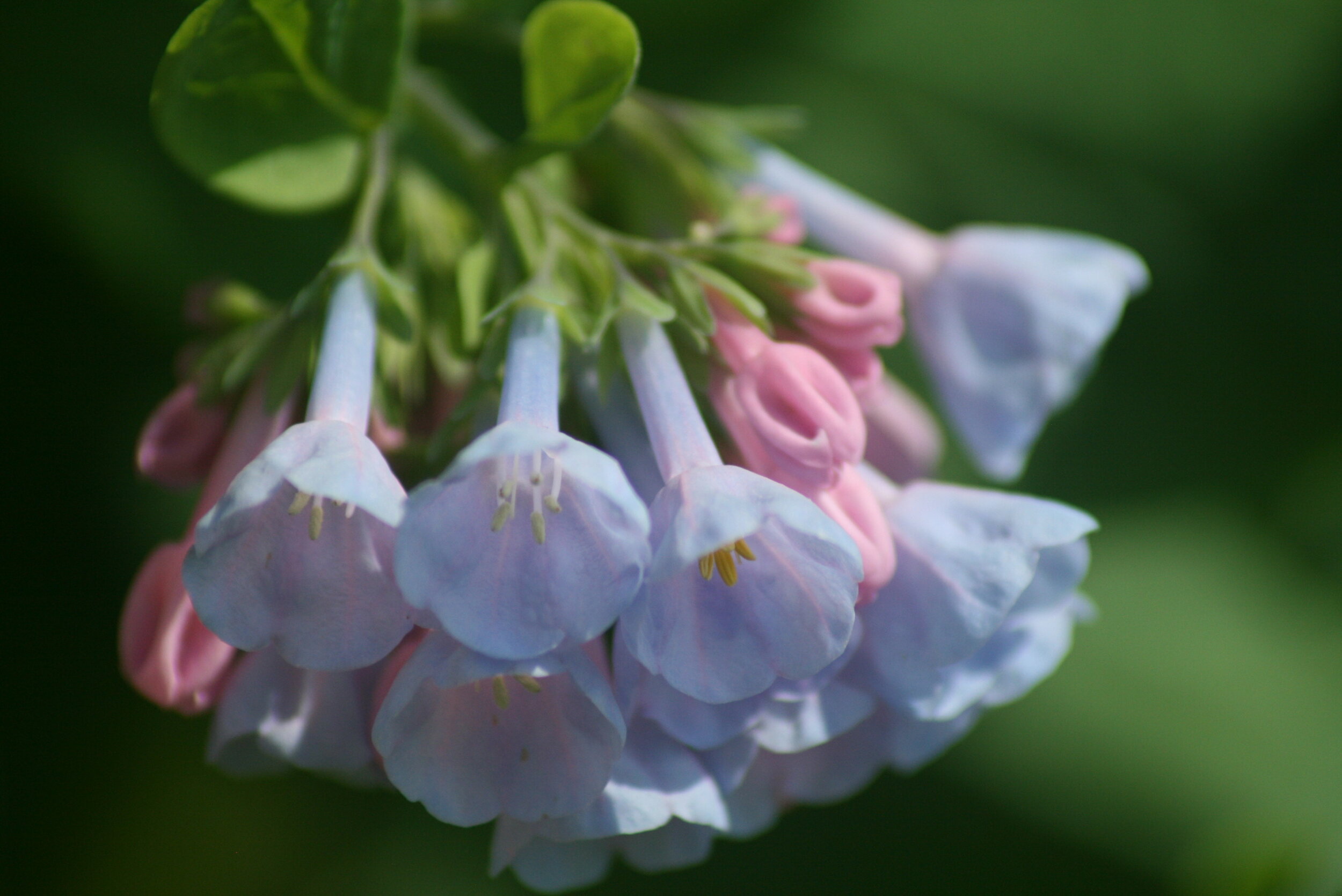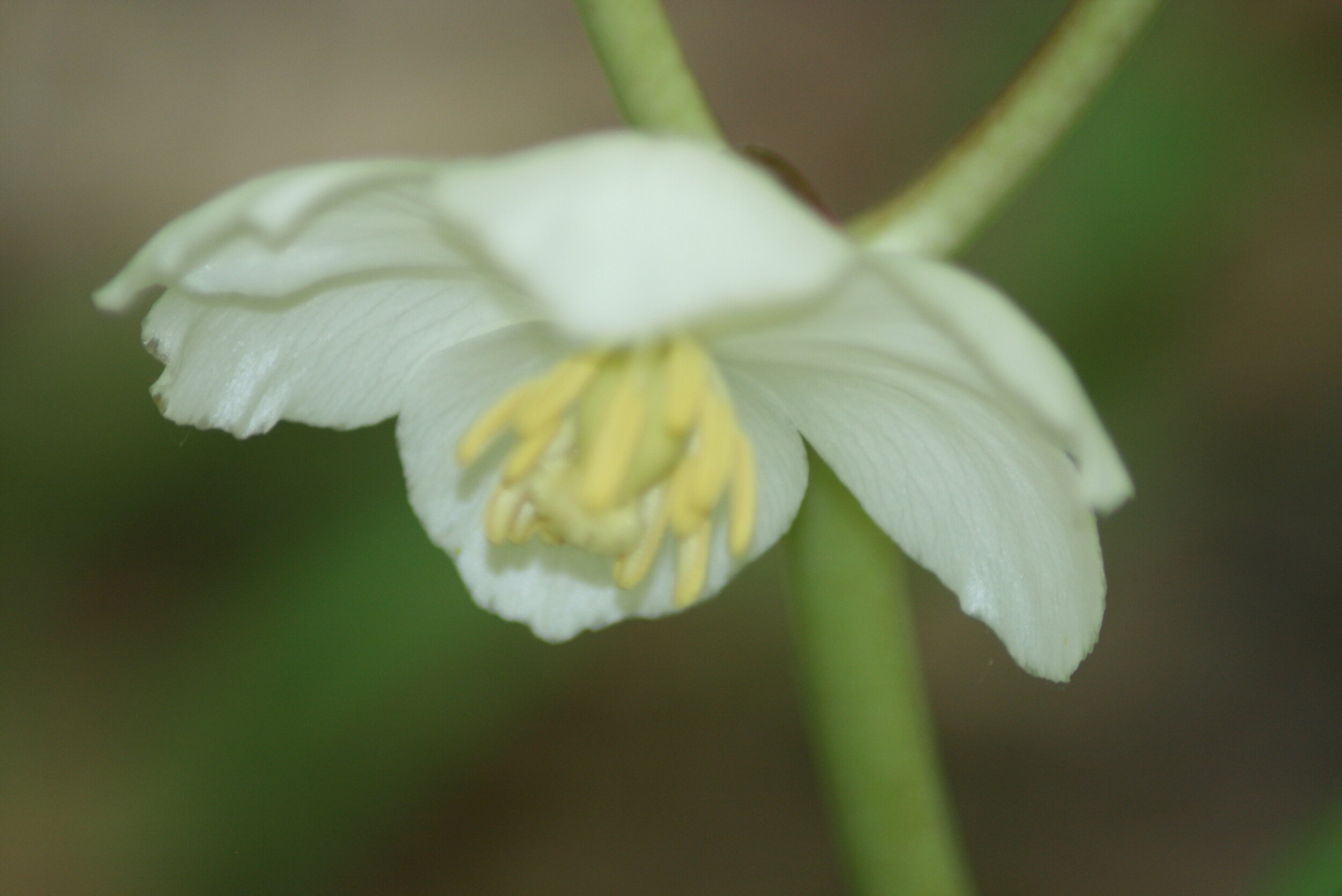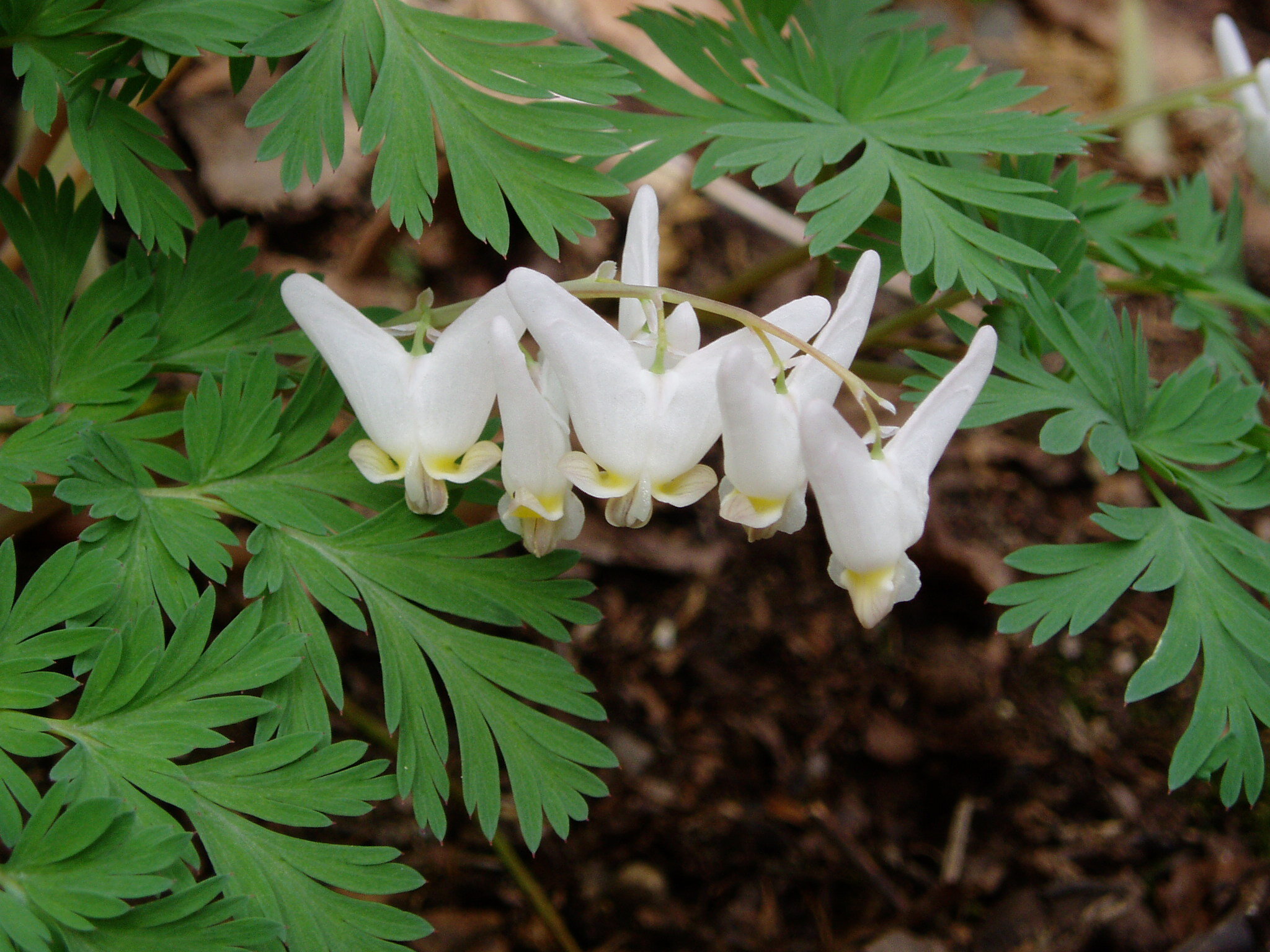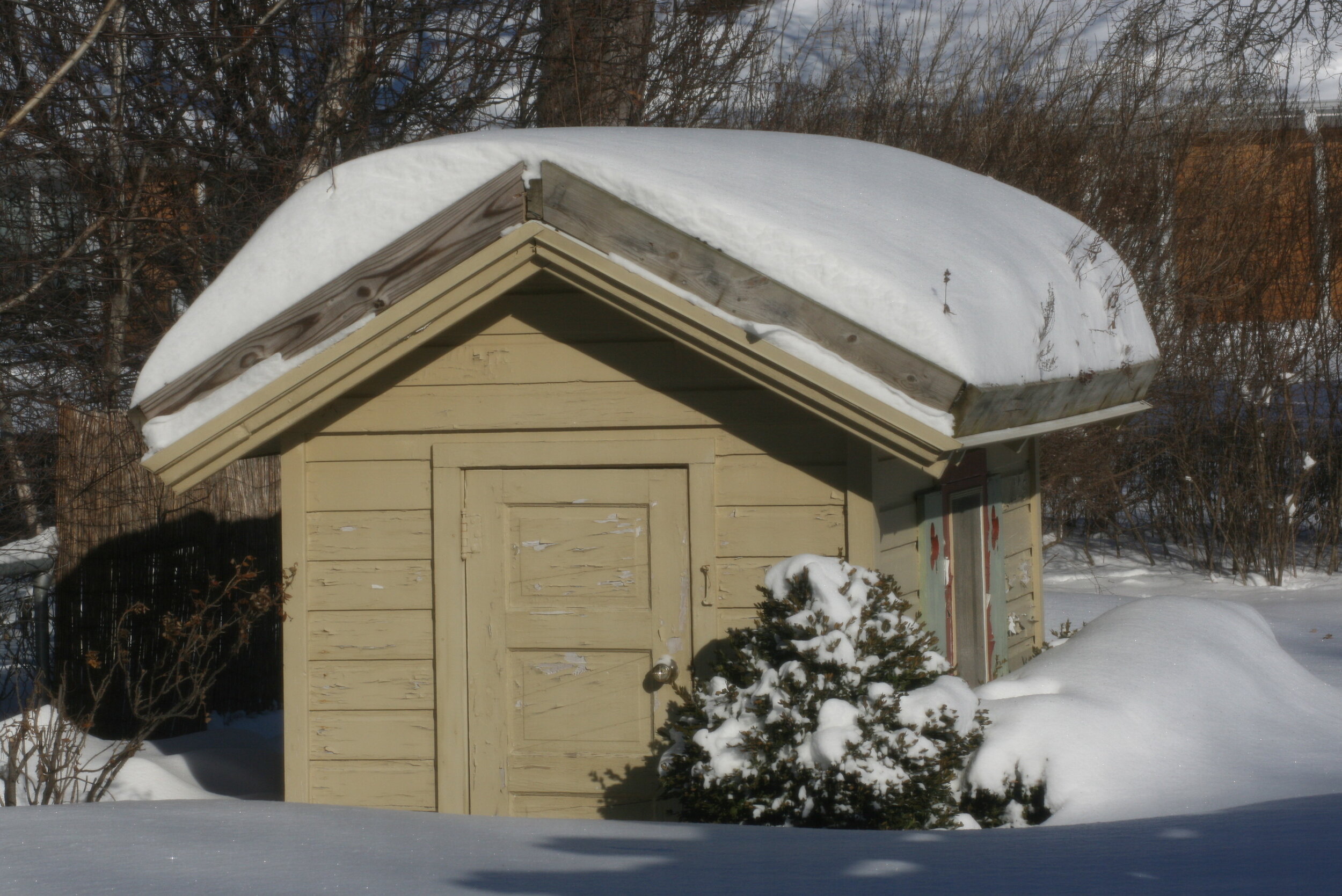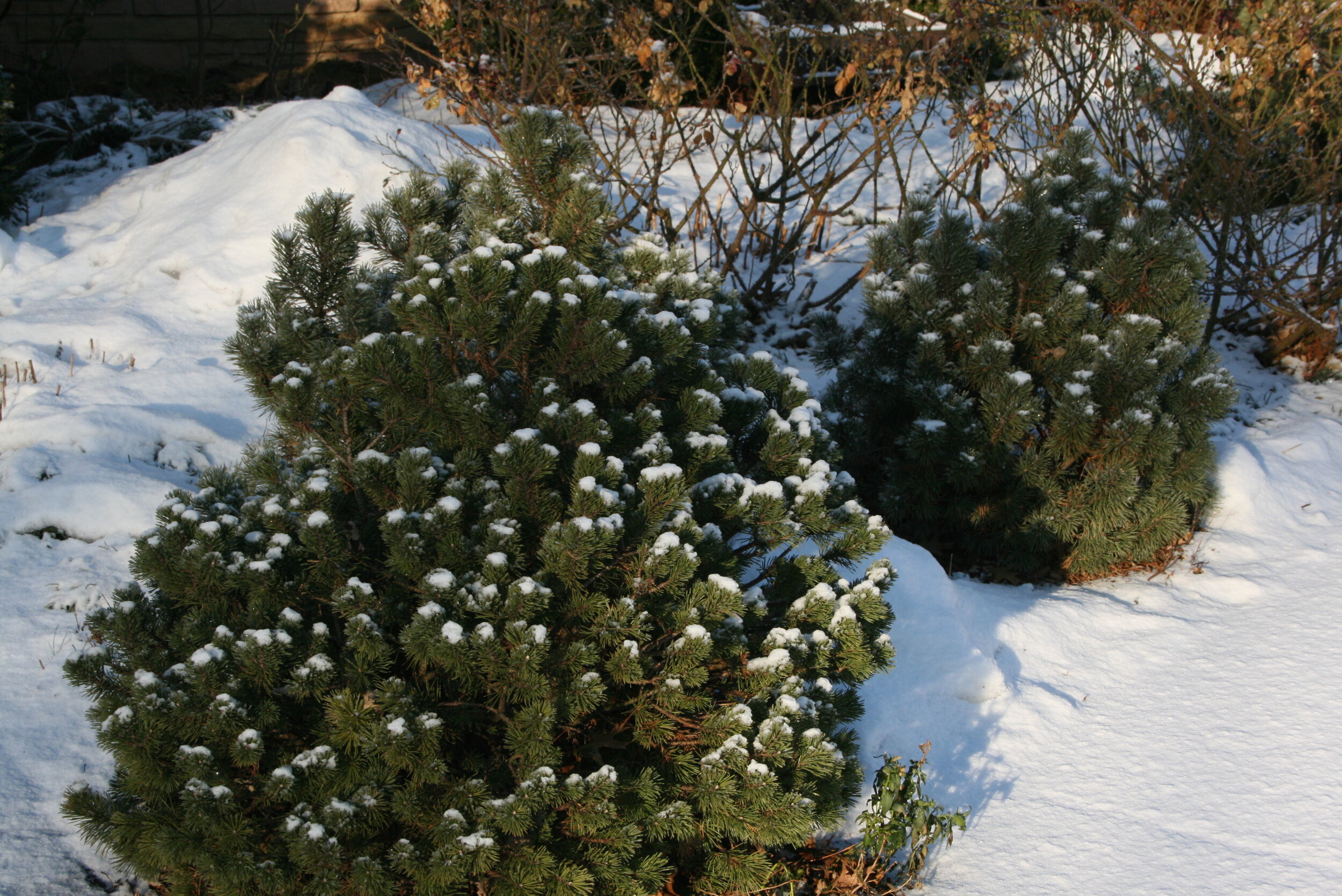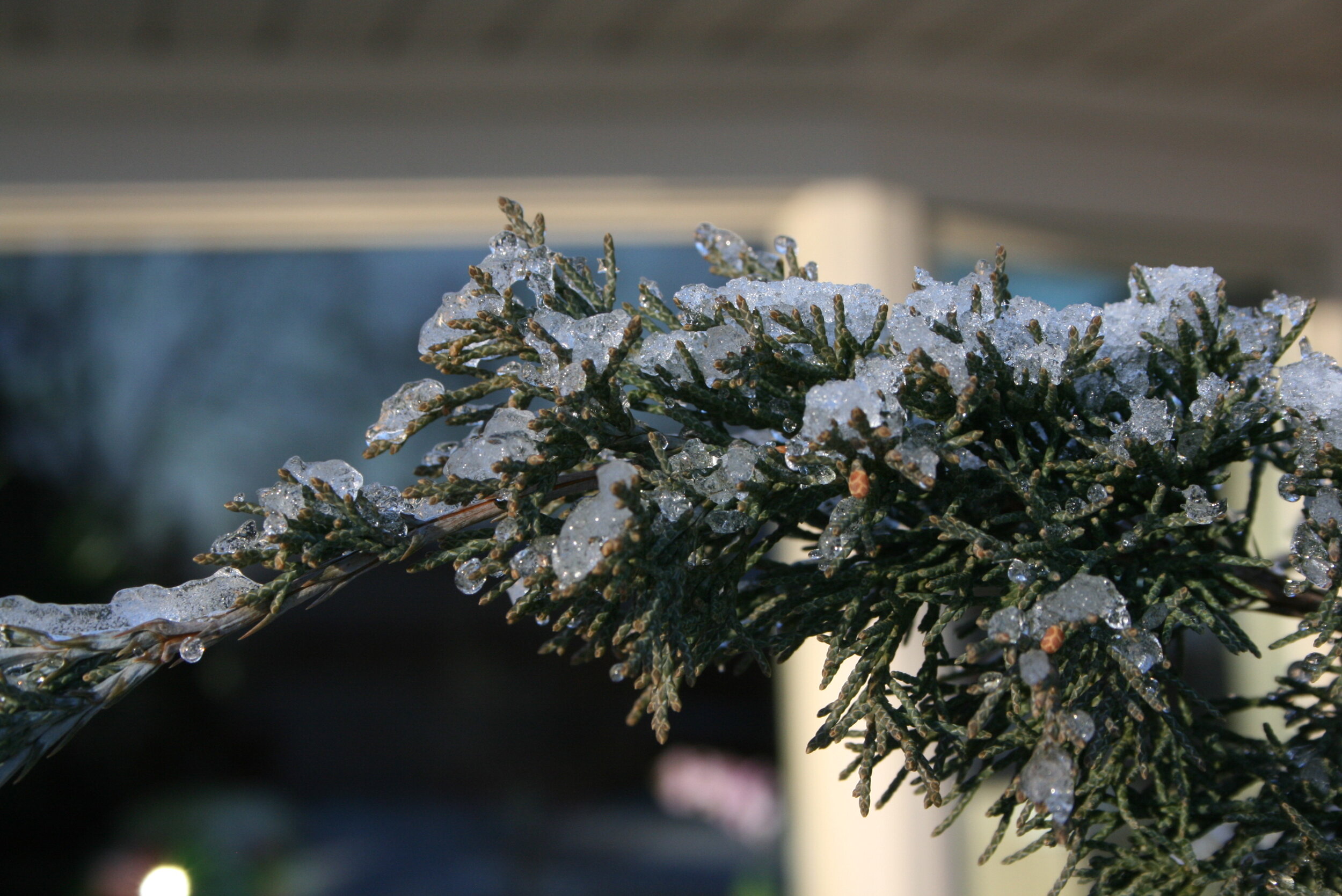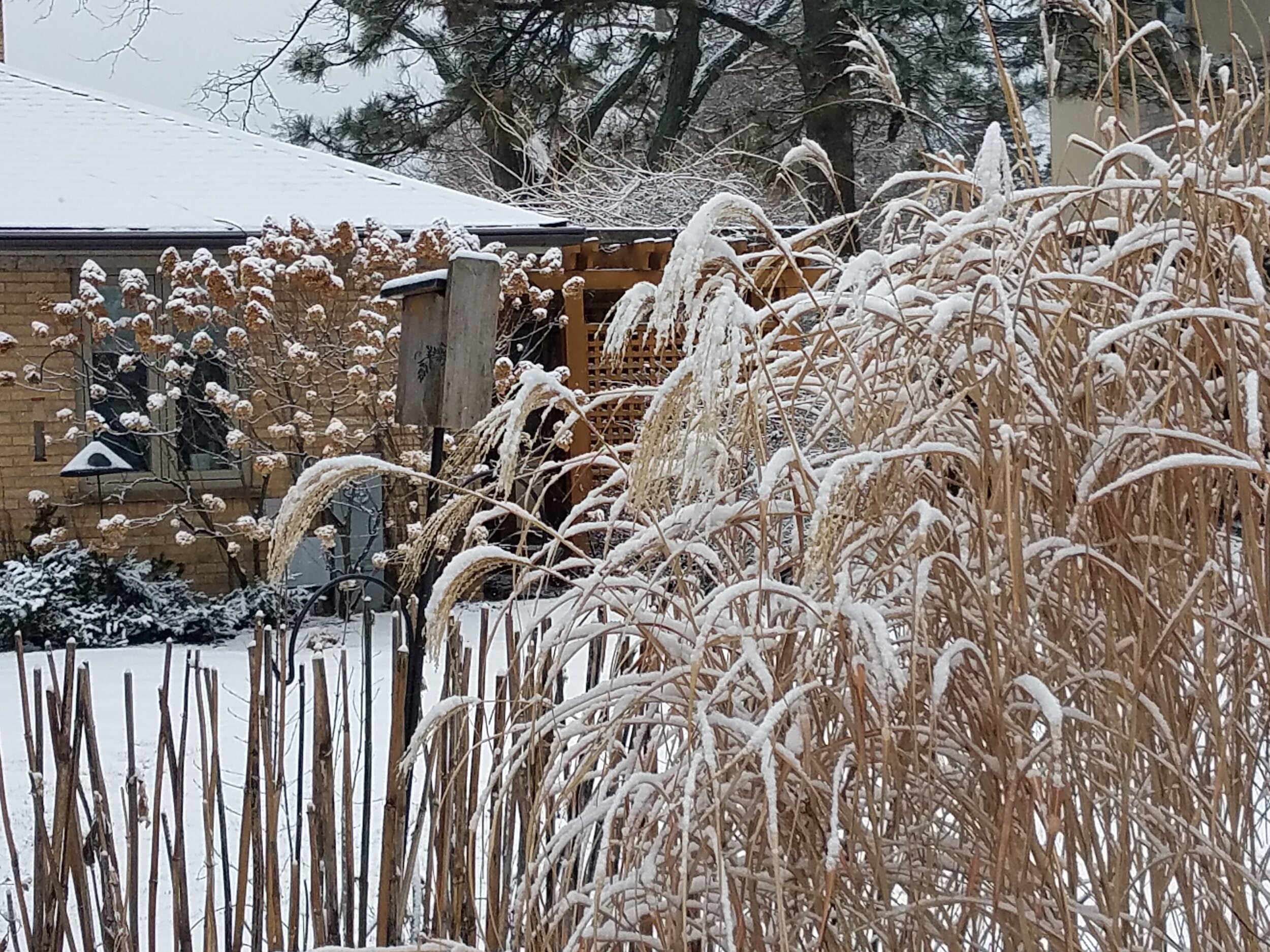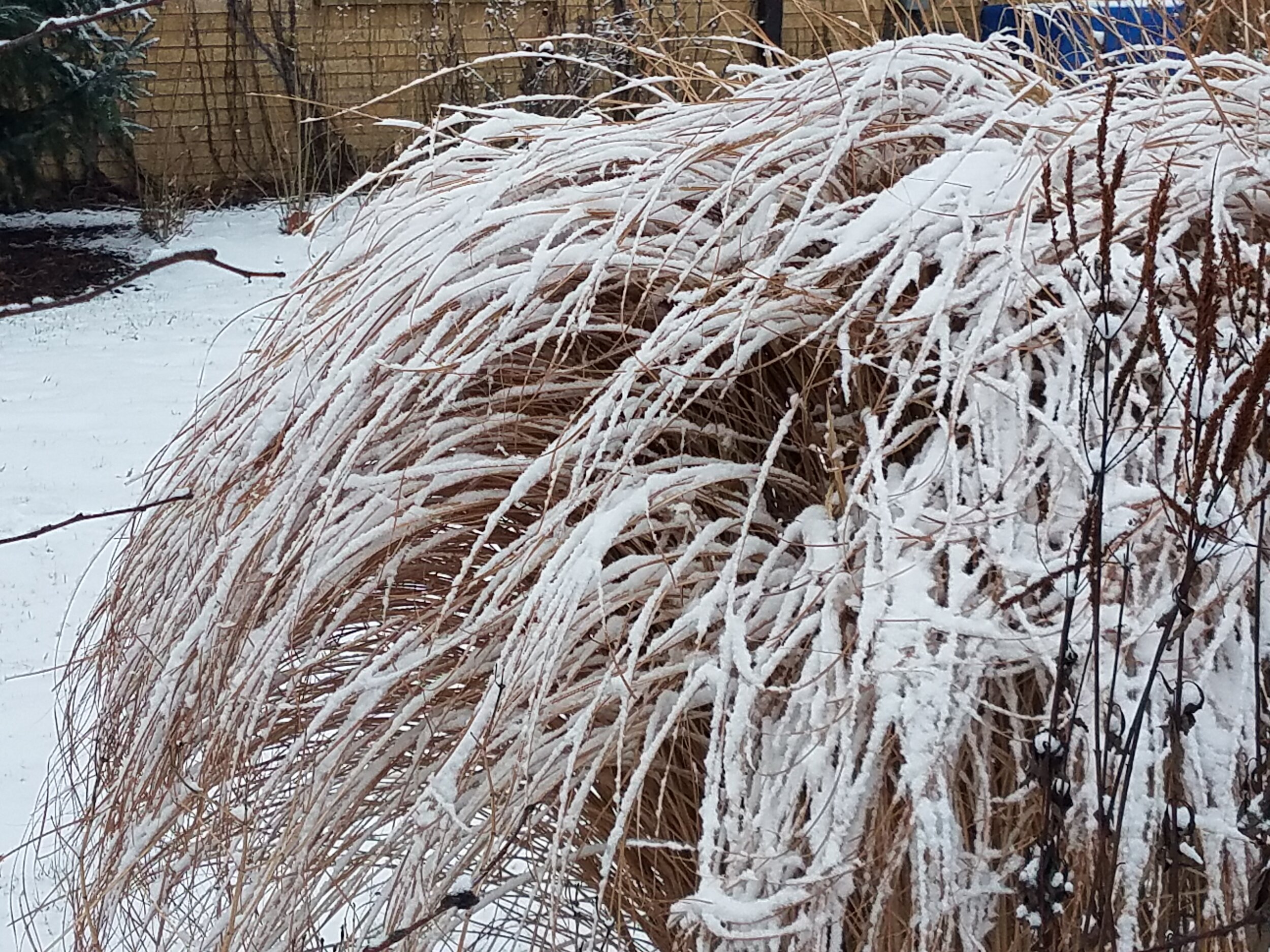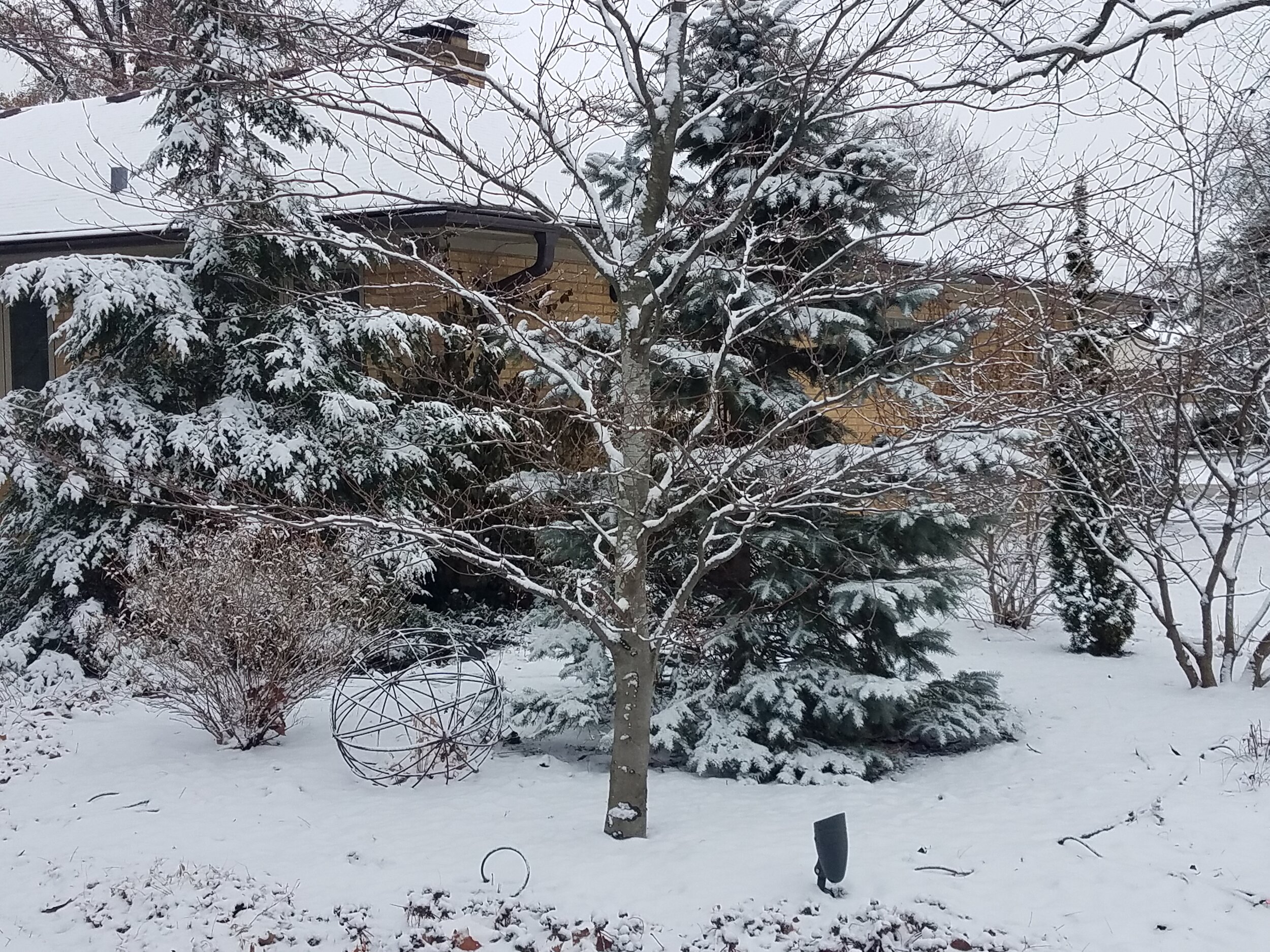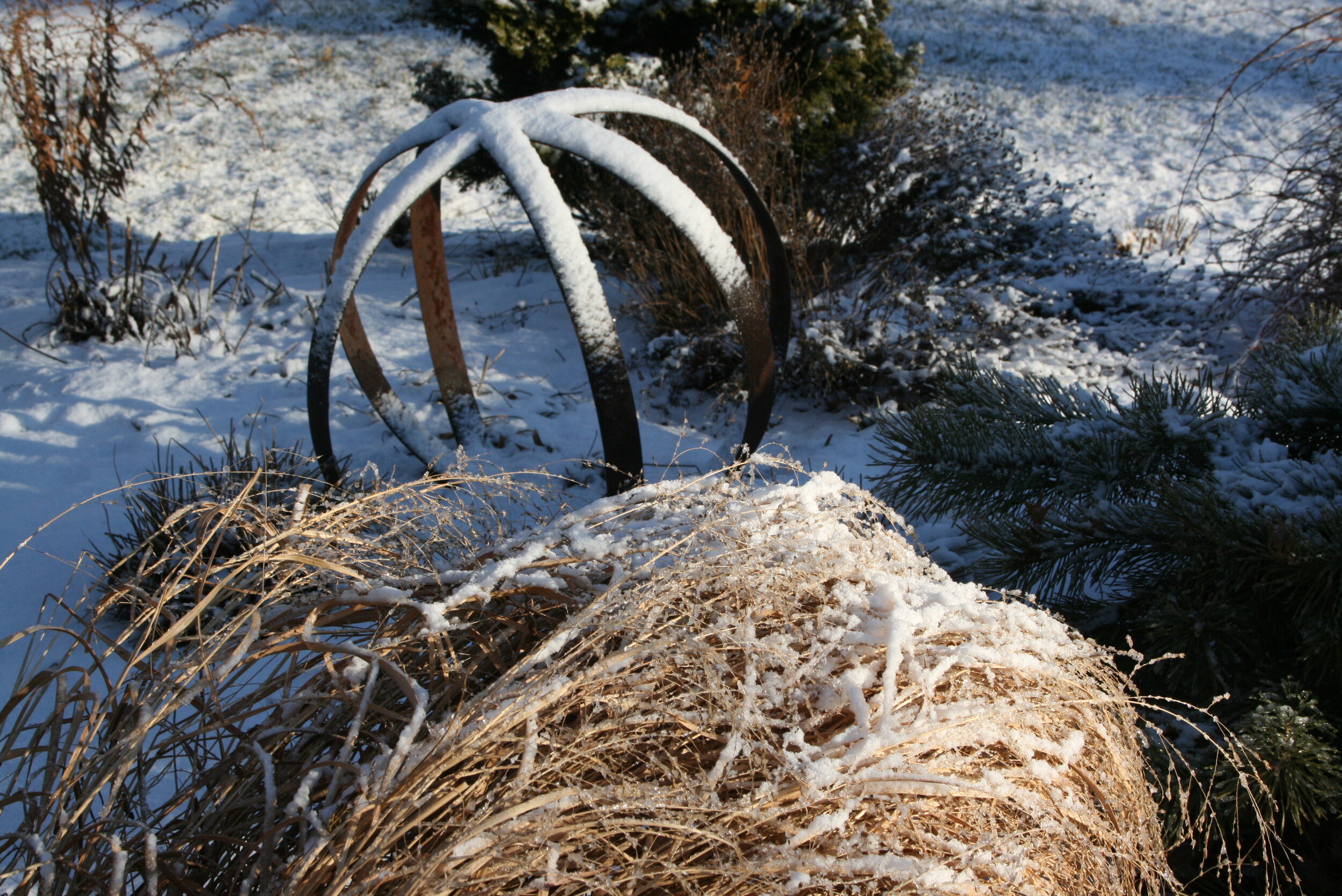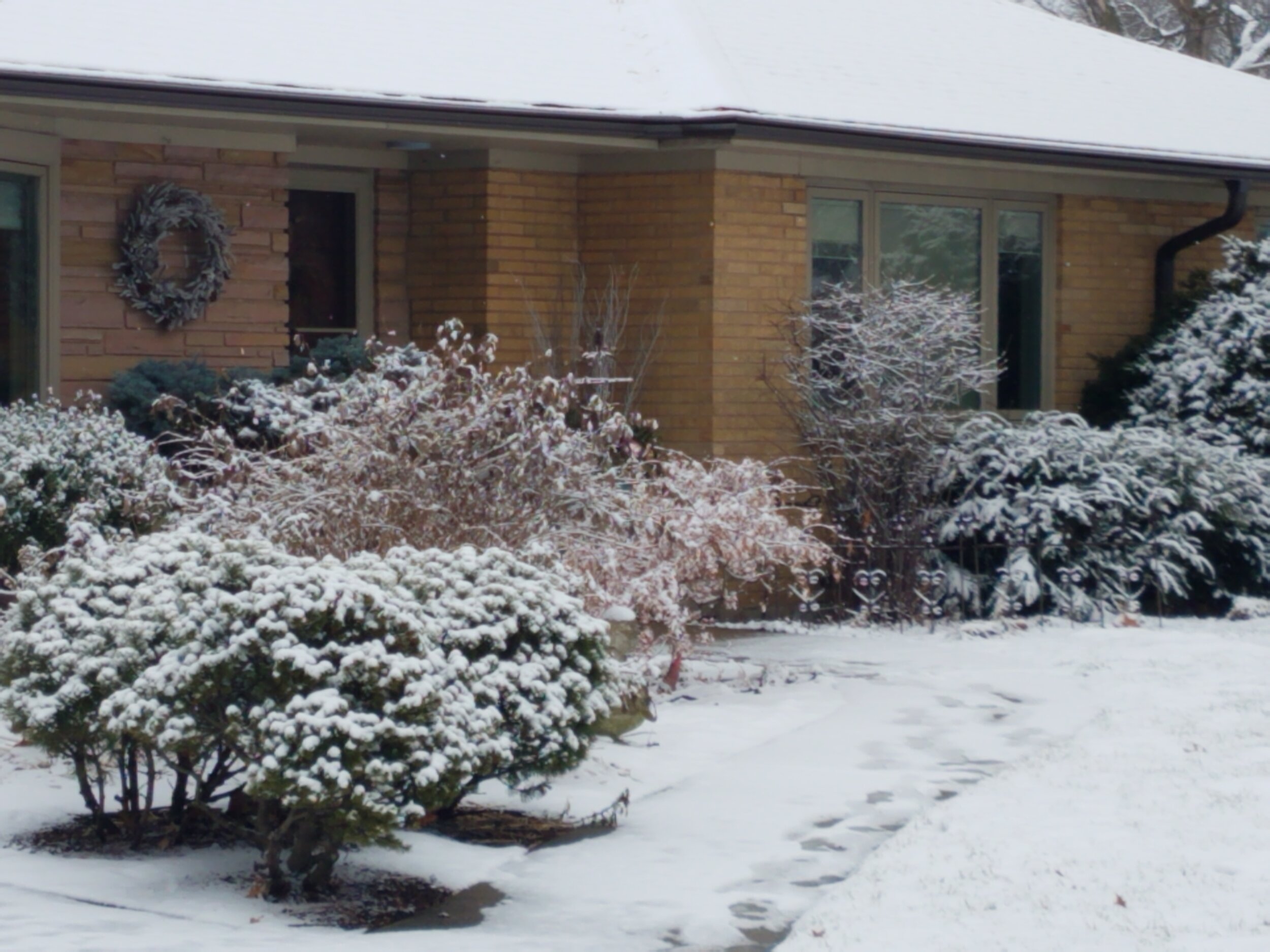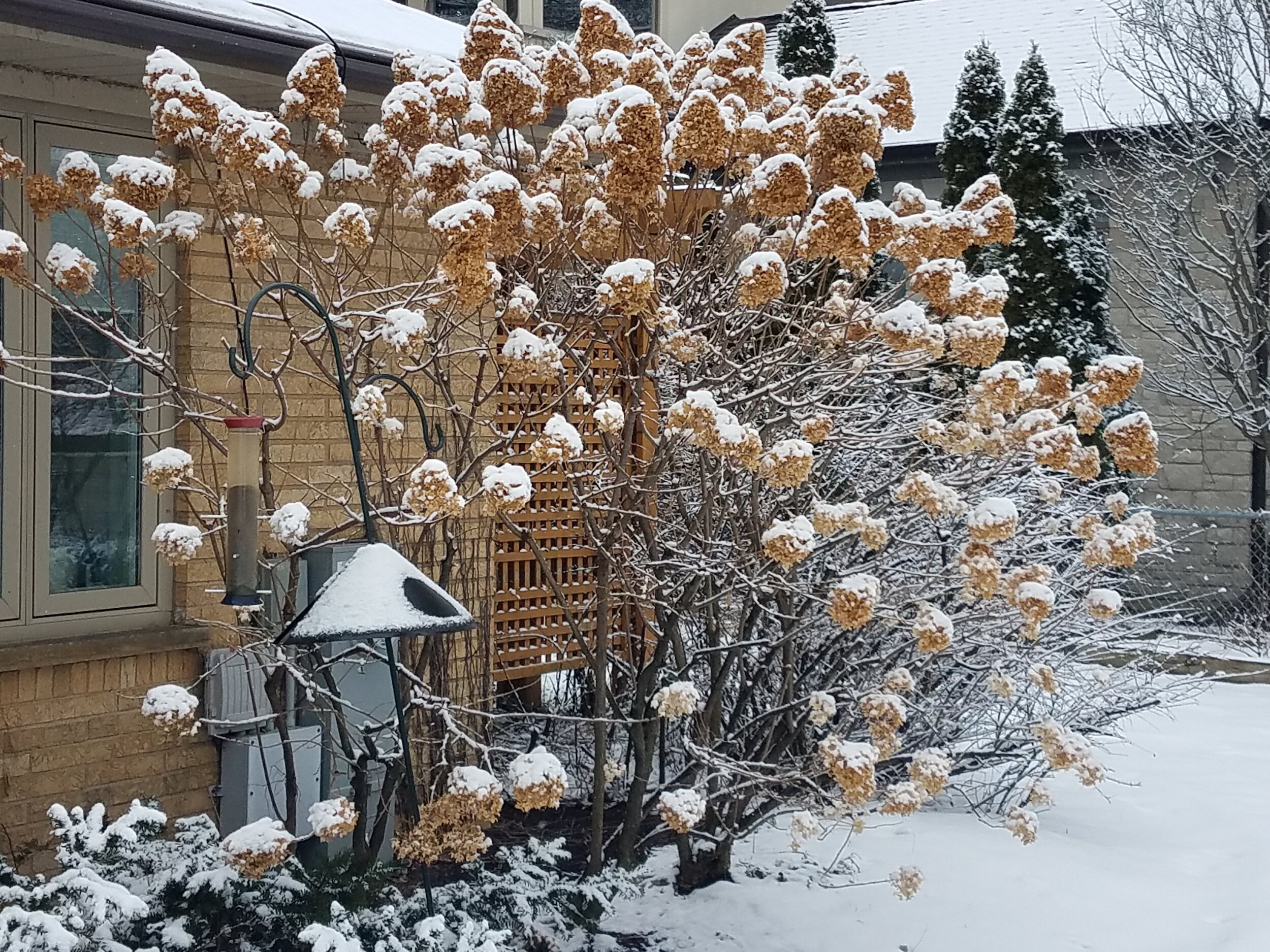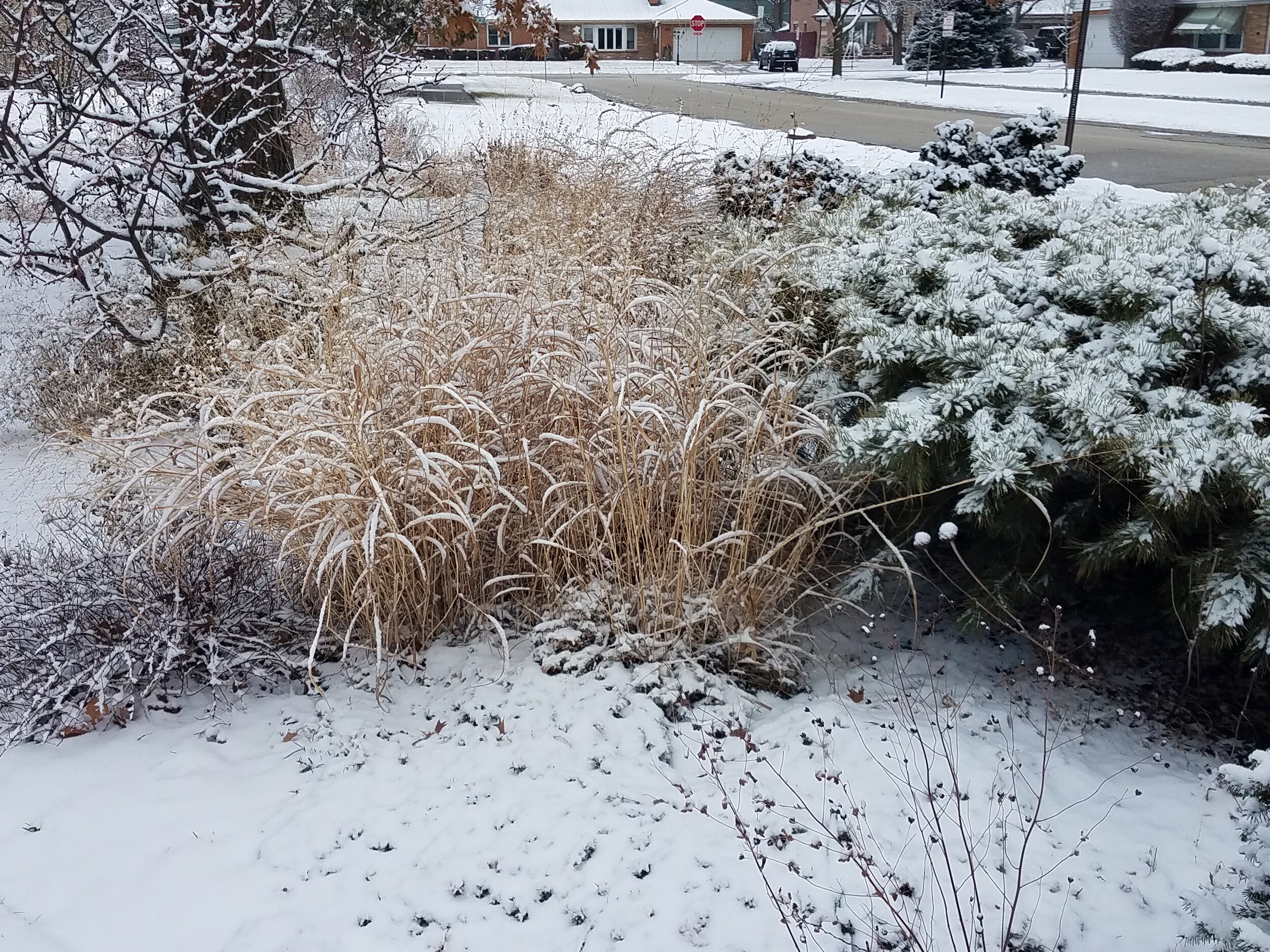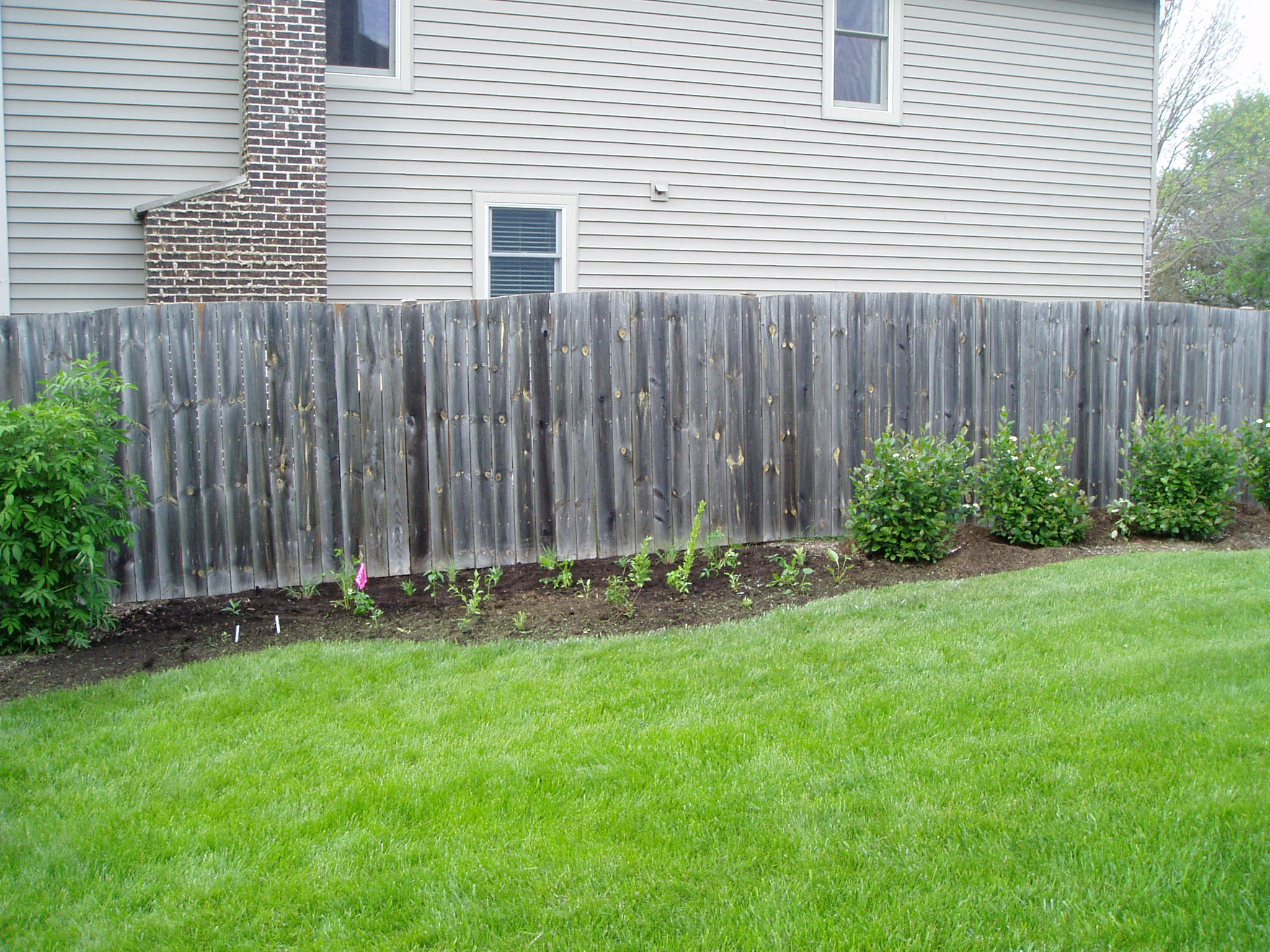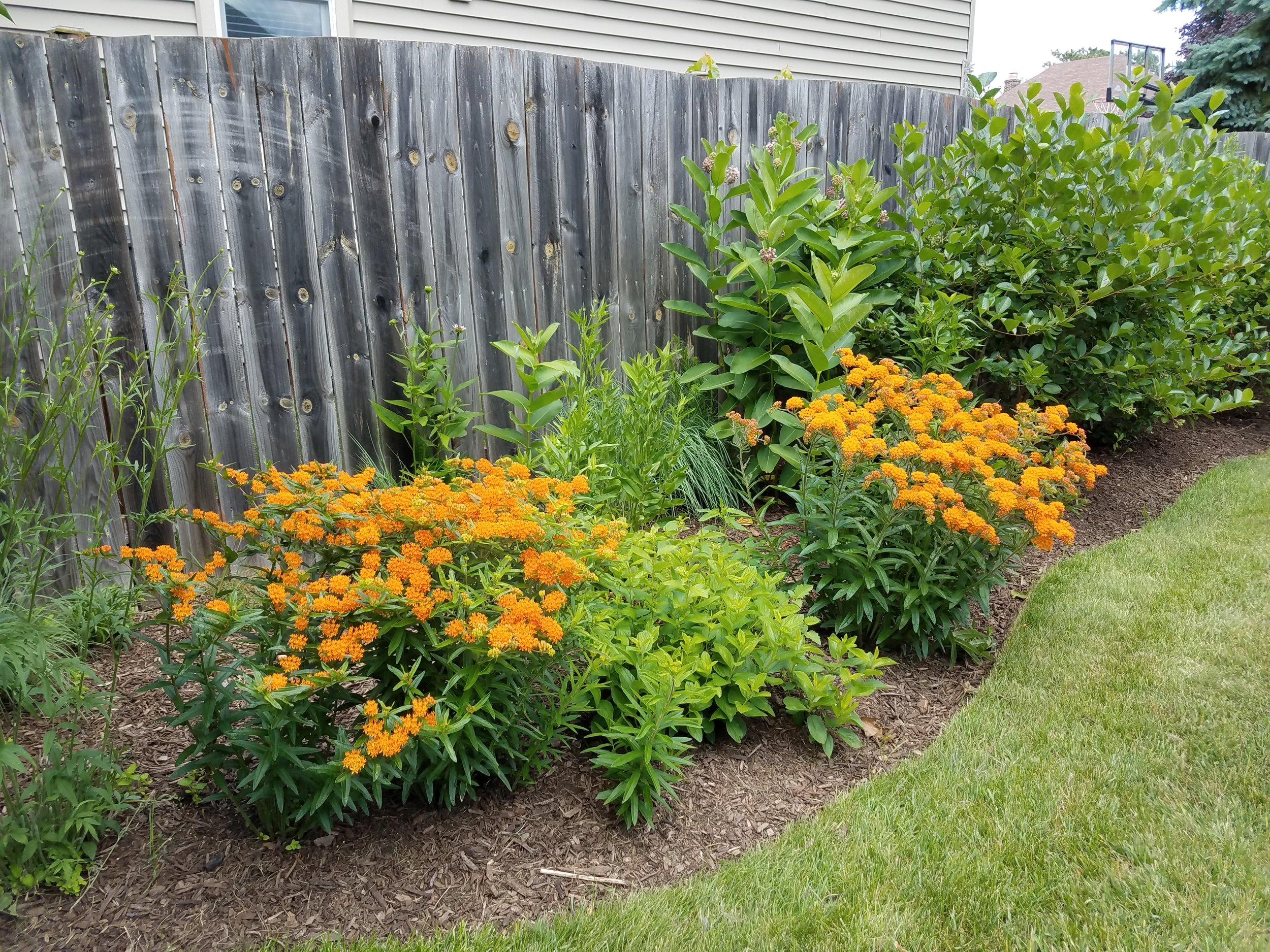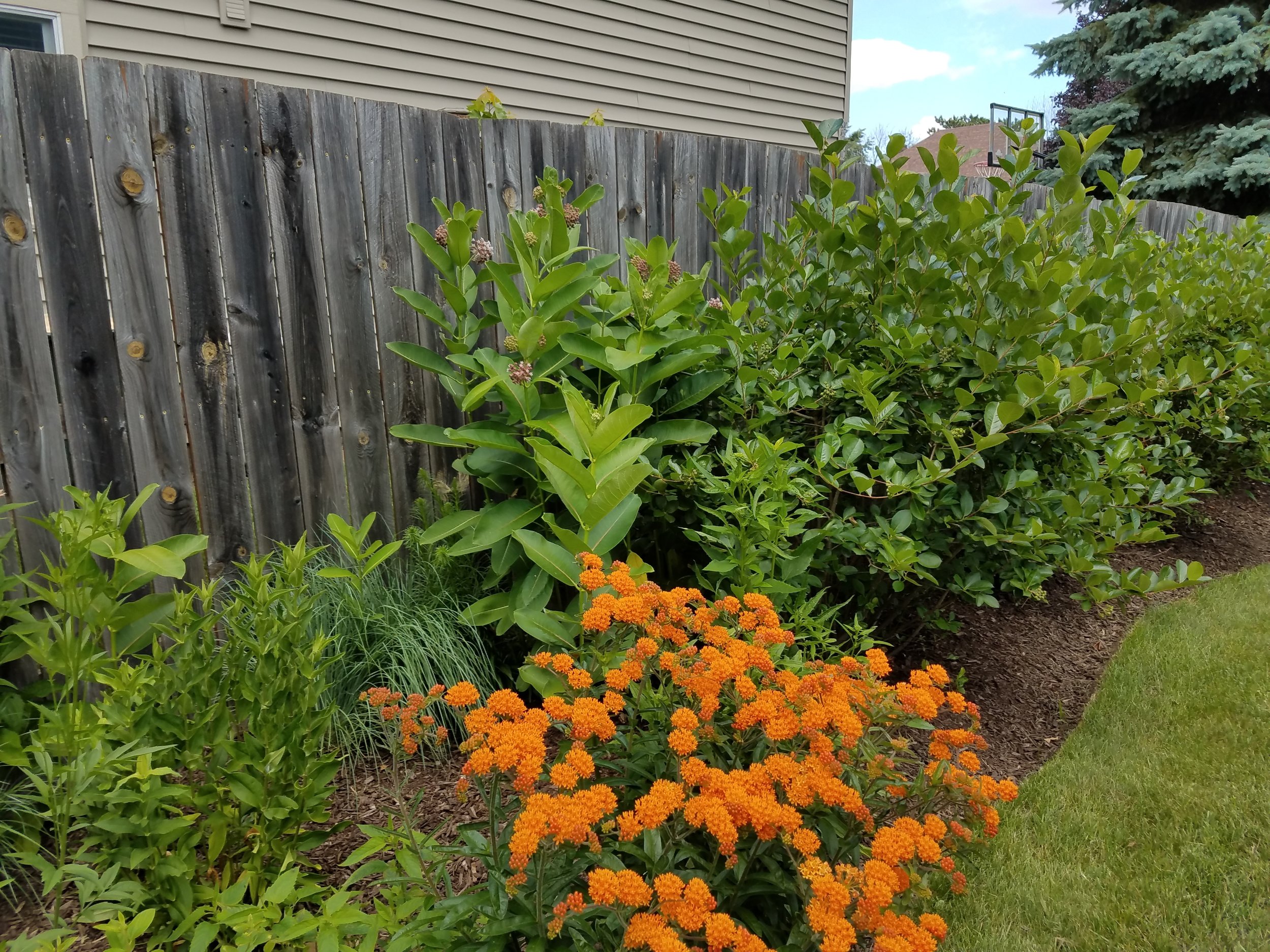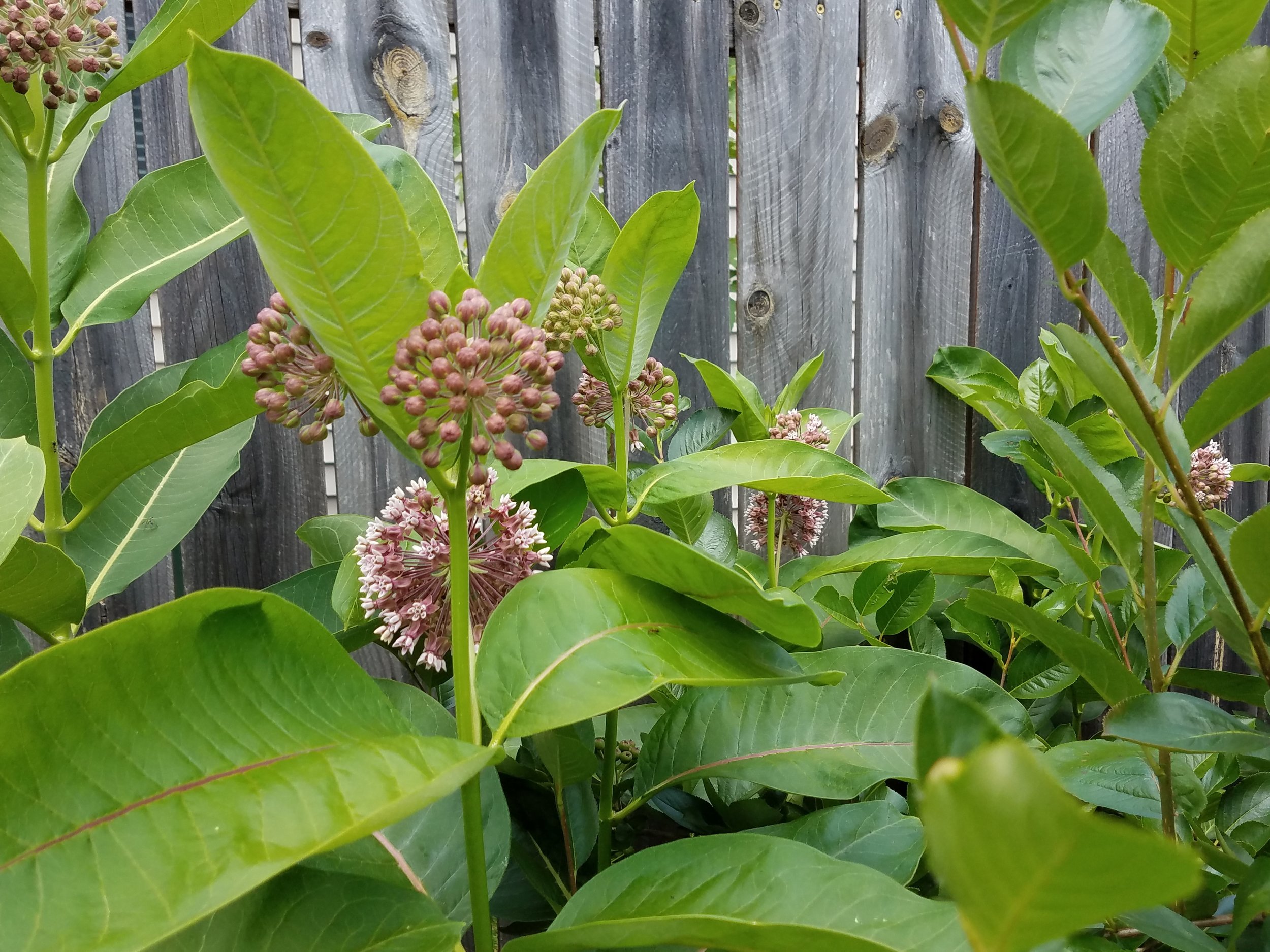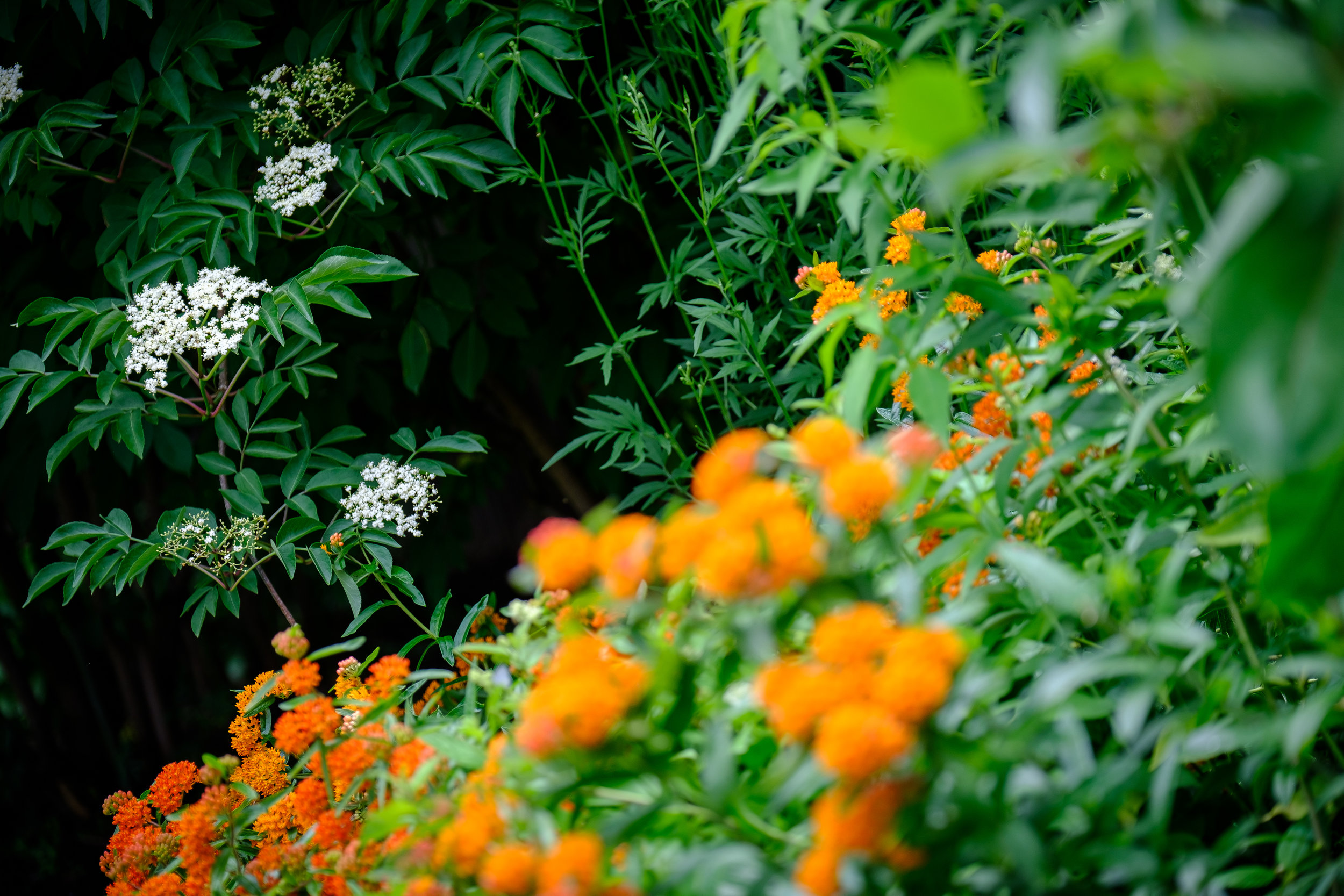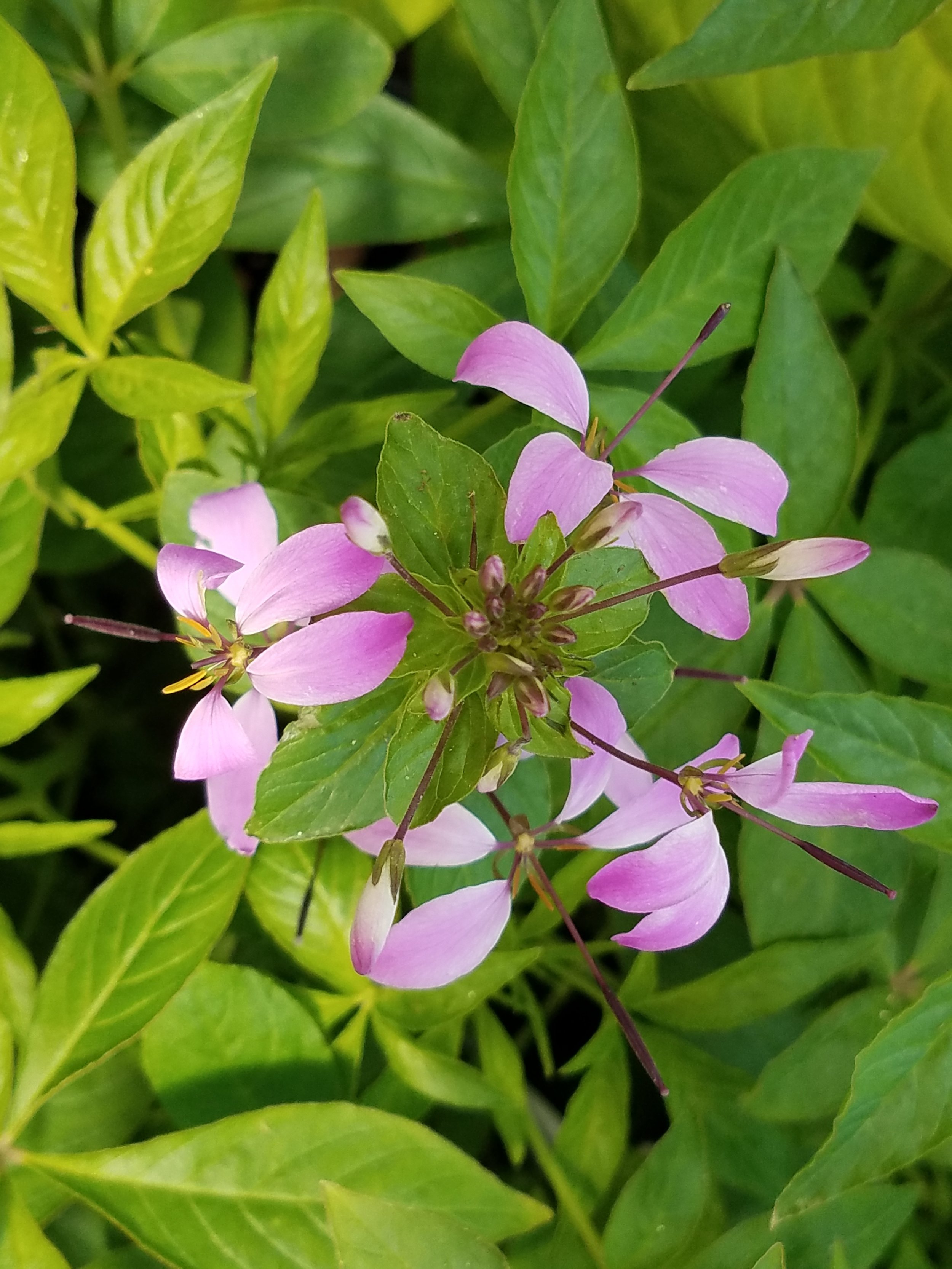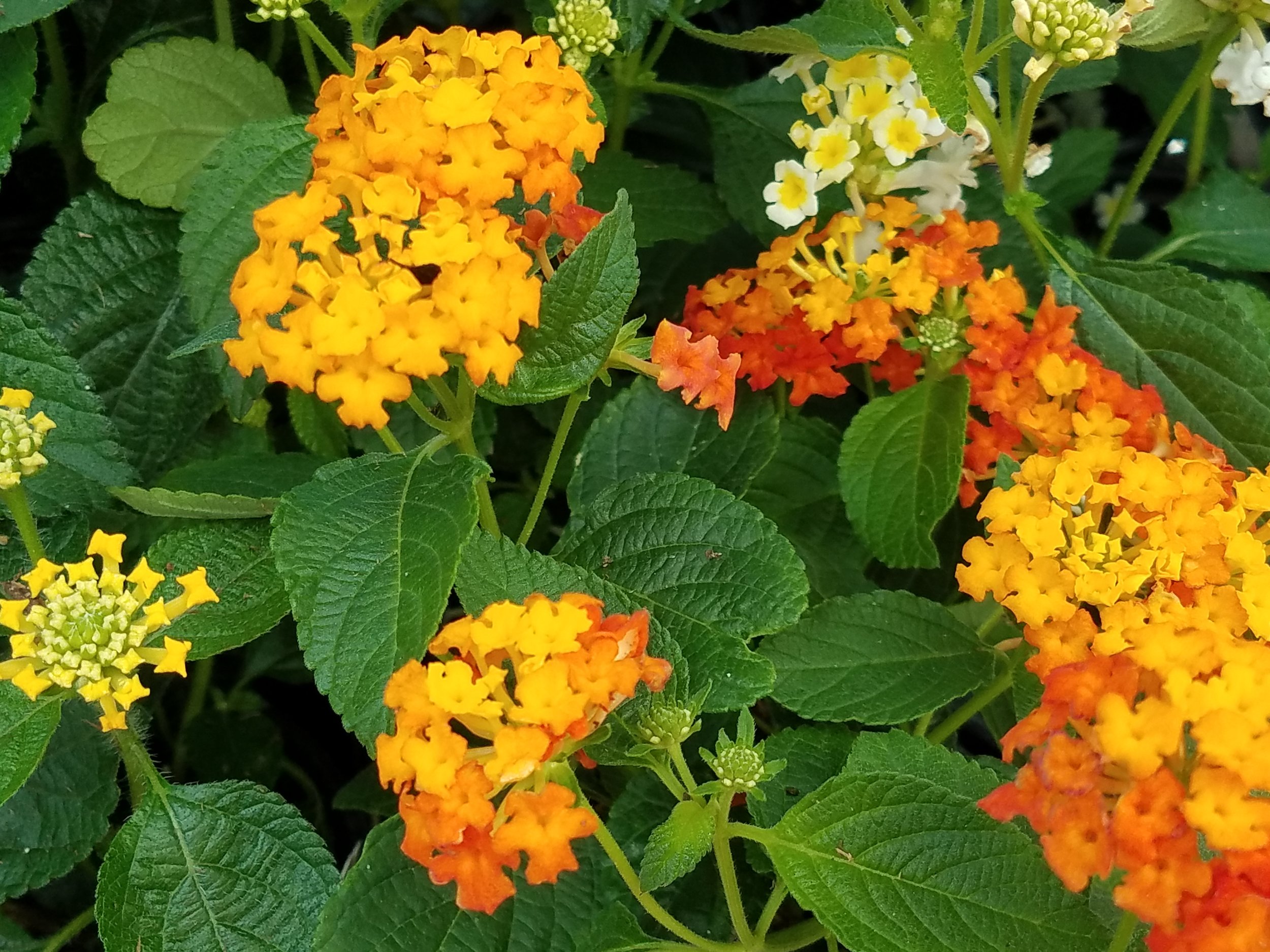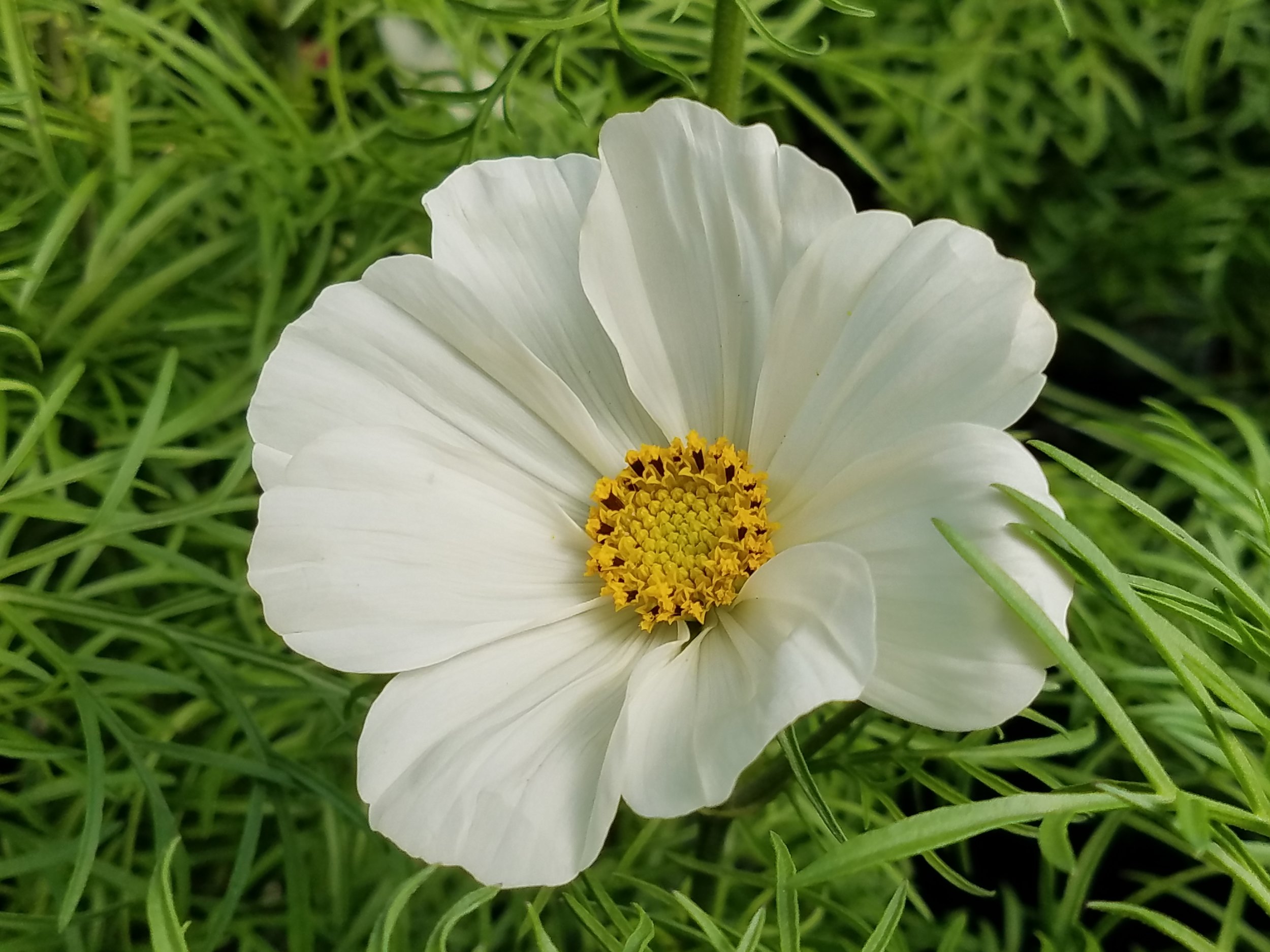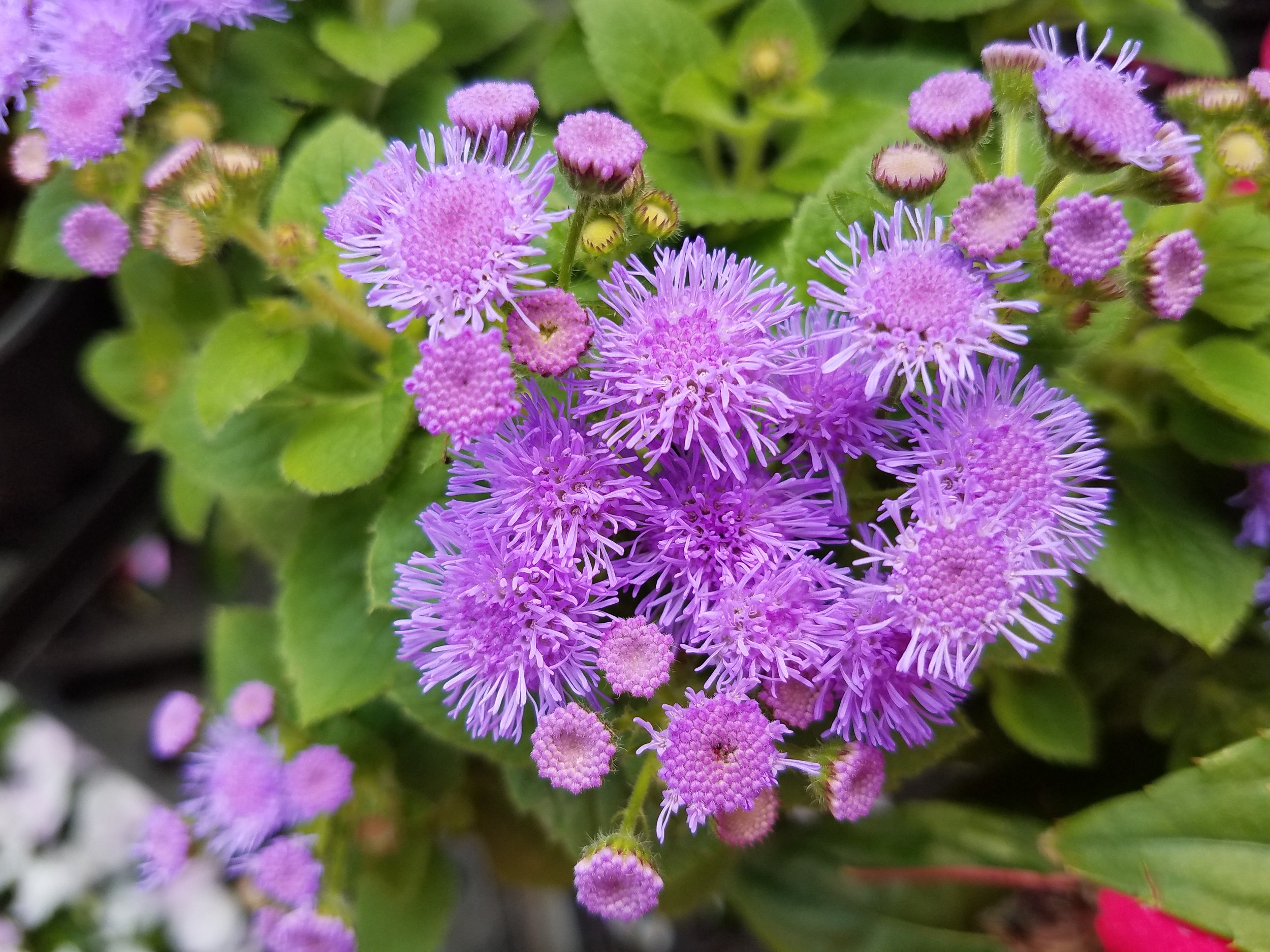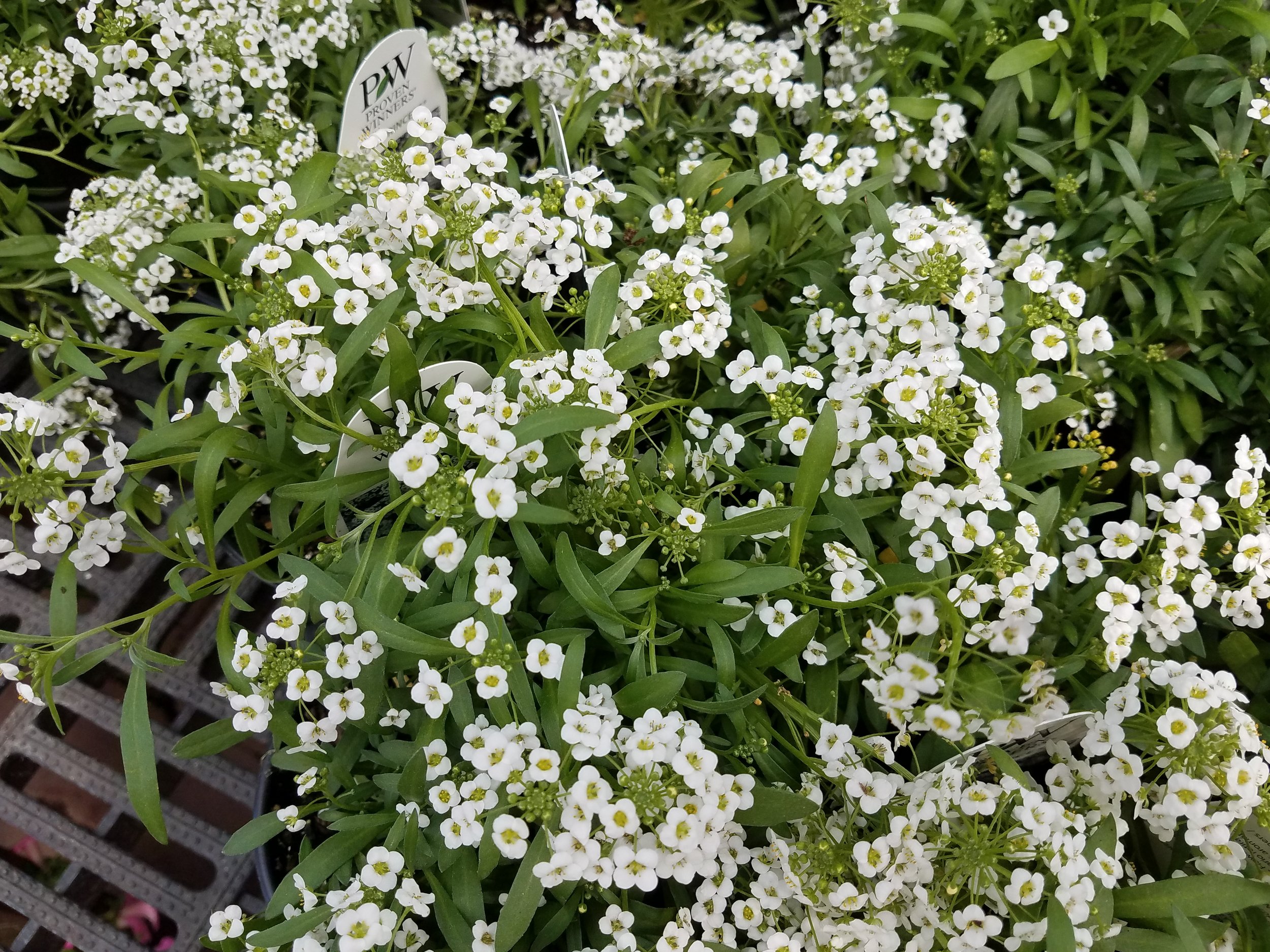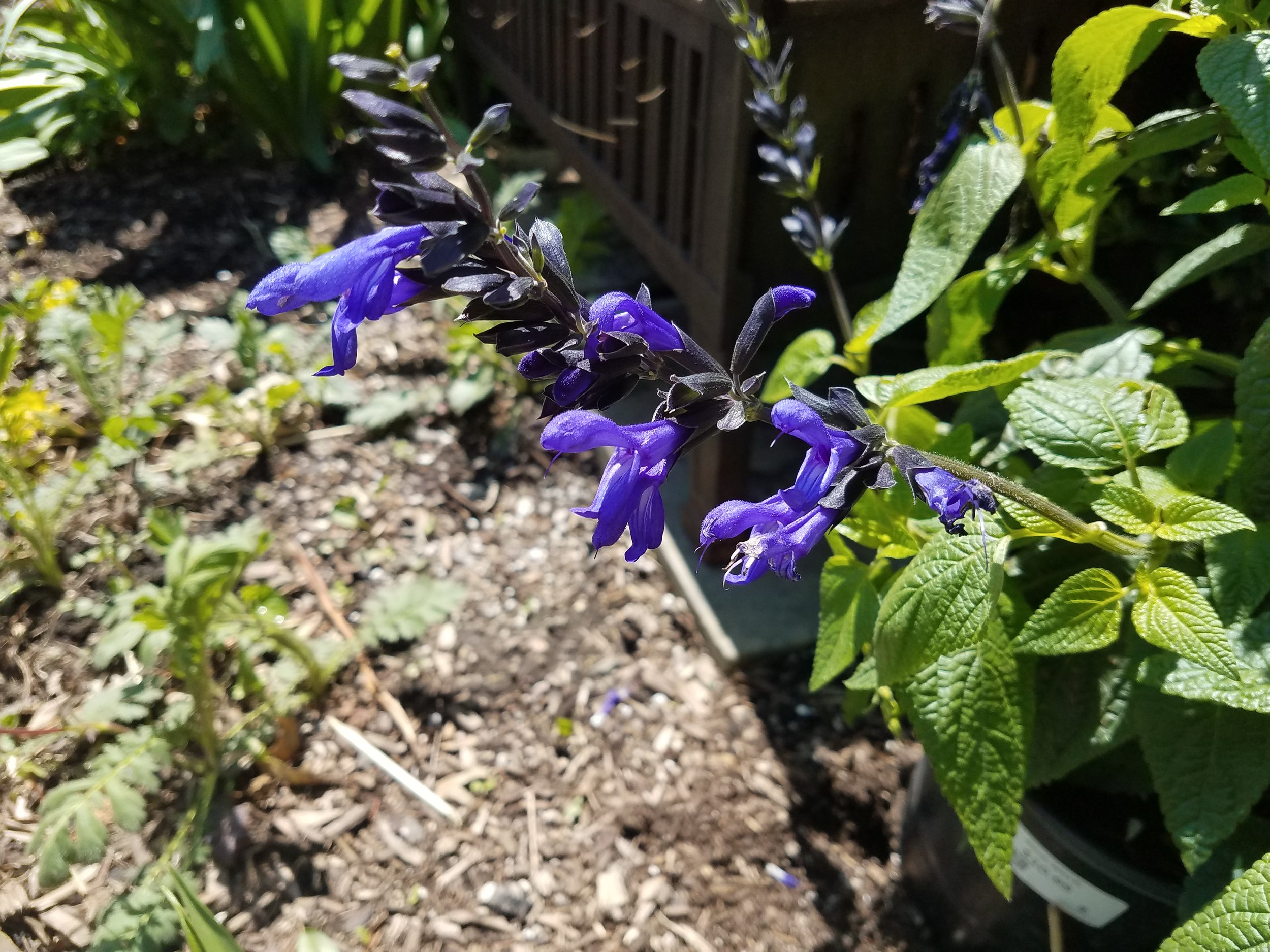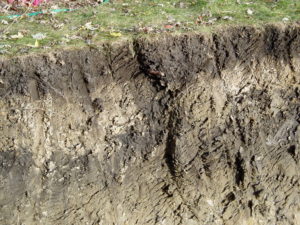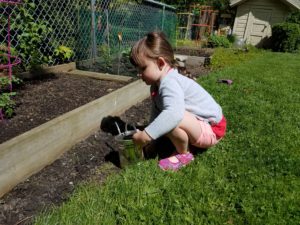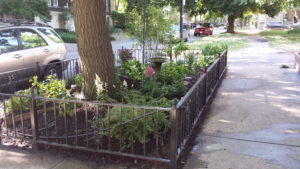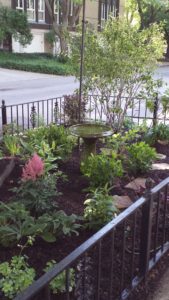The Garden ...from the inside
/During the past two years of COVID when we have all been cooped up so much of the time, I’ve found new ideas in observing my garden from inside the house. This photo is a view of the Sage Advice front garden, as seen from inside the living room. It illustrates how the garden will show its beauty in winter if you just let it! Shrub forms and textures pop in the winter when there is little color to hide their subtle beauty. If the design of the garden allows these features to work together, the palette is as pleasing as can be!
Now is a good time to walk around inside your house, stopping at each window to ask, “How can I enjoy the garden from this ‘inside out’ view? What should I do to improve it?” I tried this exercise early this morning. From the bedroom window I could see the finch feeder right outside the window, tucked beside the Limelight hydrangea, but beyond that, at the north edge of the yard I spotted the rain garden that has been filling and freezing of late with a lot of rain-then-snow days. Outside the kitchen window I can see bird feeders in two directions, positioned so that the birds can go from one to the other, hide in the hemlock tree, perch on the heated birdbath or fly high up into our massive silver maple tree.
I love best the sprawling bare branches of the bottlebrush buckeye, with a tall bird feeder pole right in the middle. The bottlebrush buckeye, a native Illinois shrub, is unique in having branches that grow out almost laterally. They look very sturdy but they are not very climbable! We love watching the squirrels tightrope walk up these branches … almost to the peanuts they can smell in the birdfeeder… until they fall off the top most-bendable branches …. before they havereached the treats!
And so, even though we are all beginning to wish for spring, I can end this short blog to say, with certainty, what a beautiful and entertaining late winter snow we had last night!


